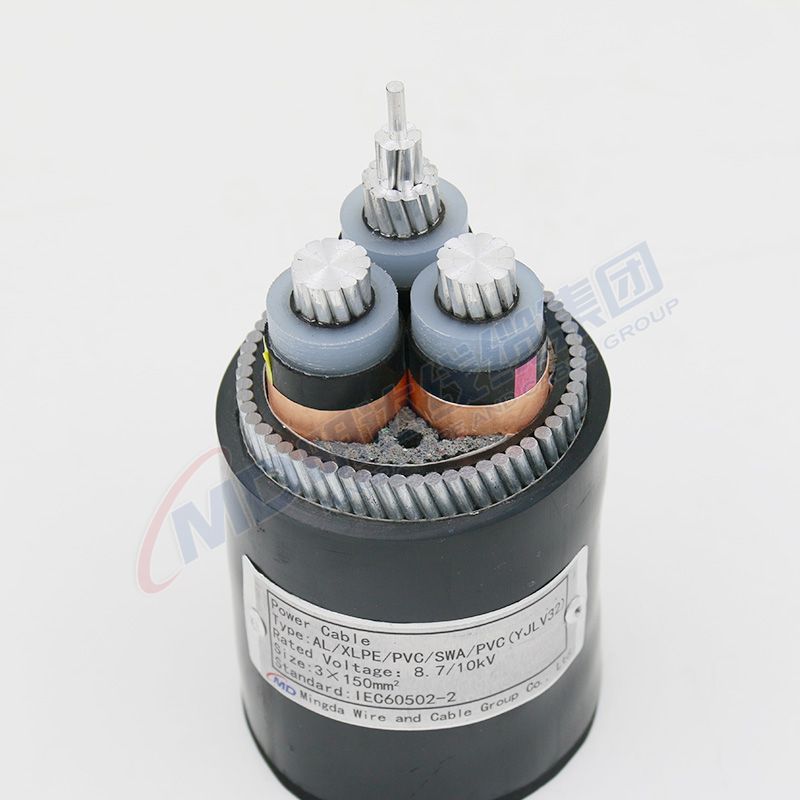កញ្ញា . 06, 2024 11:01 Back to list
DIN Metal Seat Gate Valve - Durable and Reliable Flow Control
Understanding DIN Metal Seat Gate Valves
DIN metal seat gate valves are essential components widely used in various industrial applications for fluid control. These valves conform to the German Institute for Standardization (DIN) standards, ensuring a high level of quality and reliability. Their design and functionality make them suitable for high-pressure and temperature applications, where durability and effectiveness are paramount.
Construction and Design
Metal seat gate valves are characterized by their robust construction, which typically includes a body made from high-quality materials such as stainless steel, carbon steel, or brass. The metal seated design, as opposed to rubber or plastic seating, provides a more resilient sealing surface, ensuring longevity and better performance in harsh conditions. The body of these valves can be configured in several ways, including flanged, threaded, or socket weld ends, allowing for easy integration into existing piping systems.
The main components of a DIN metal seat gate valve include the valve body, gate, and actuator. The gate, which moves up and down to start or stop the flow, is precisely machined for a tight seal. Actuators can be manual handwheels or automated electric or pneumatic drives, depending on the application’s requirements. This versatility in actuation allows these valves to be used in various settings, from chemical plants to water treatment facilities.
Advantages of Metal Seat Gate Valves
din metal seat gate valve

One of the most significant advantages of metal seat gate valves is their capability to handle high-pressure and temperature fluids without compromising their integrity. The metal seat allows for a tighter seal, reducing the risk of leaks, which is crucial in critical applications. Moreover, these valves can be fully opened or closed, minimizing the resistance to flow when the valve is in the fully opened position. This feature is particularly beneficial in systems requiring efficiency and reduced pressure loss.
Furthermore, the durability of metal seat gate valves translates to lower maintenance costs over their operational lifetime. Their resilience against abrasives and corrosive substances ensures that they maintain functionality without frequent replacements. Additionally, because they are designed following DIN standards, compatibility with various fittings and existing infrastructure is assured, reducing installation complexities.
Applications
DIN metal seat gate valves find applications across multiple sectors, including oil and gas, water supply, power generation, and HVAC systems. In the oil and gas industry, they are used to control the flow of hydrocarbons, while in water treatment, they help manage the flow of treated water. Their application in power plants for steam and feed water control further emphasizes their versatility.
Conclusion
In summary, DIN metal seat gate valves are a pivotal component in many industrial operations, providing reliable performance, durability, and maintenance efficiency. Their robust construction and adherence to stringent standards make them well-suited for handling fluid control in demanding environments. As industries continue to evolve, the significance of these valves will undoubtedly grow, keeping processes safe and efficient.
Share
-
Reliable Wafer Type Butterfly Valves for Every IndustryNewsJul.25,2025
-
Reliable Flow Control Begins with the Right Ball Check ValveNewsJul.25,2025
-
Precision Flow Control Starts with Quality ValvesNewsJul.25,2025
-
Industrial Flow Control ReliabilityNewsJul.25,2025
-
Engineered for Efficiency Gate Valves That Power Industrial PerformanceNewsJul.25,2025
-
Empowering Infrastructure Through Quality ManufacturingNewsJul.25,2025